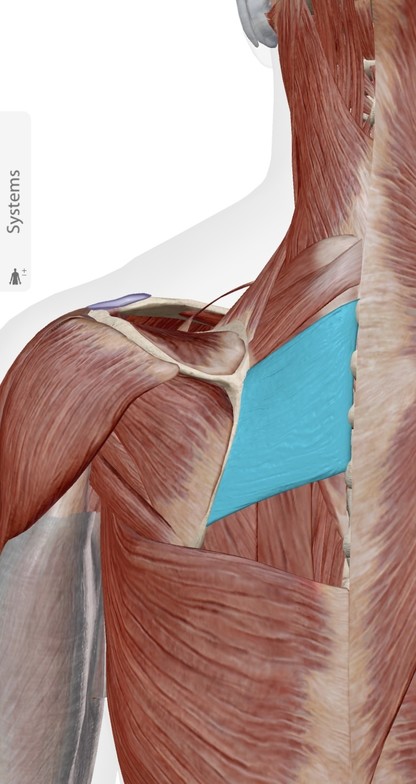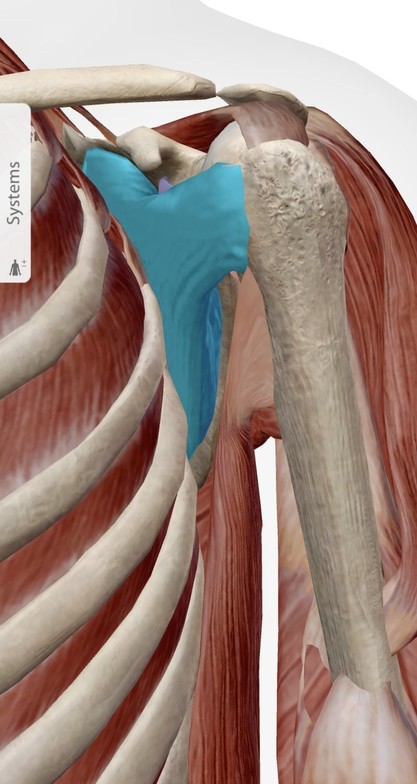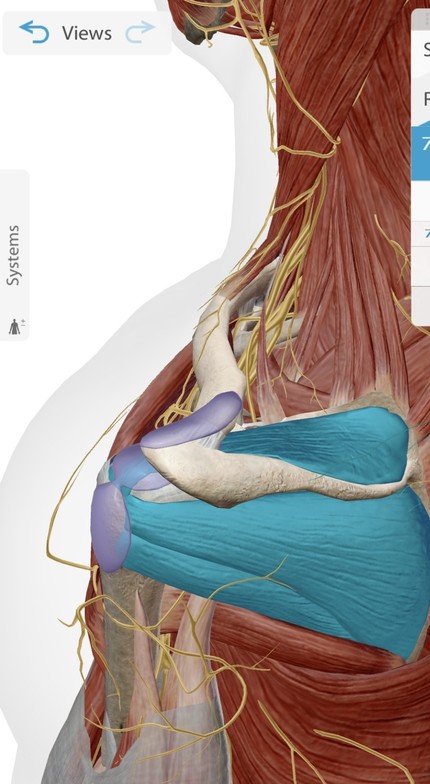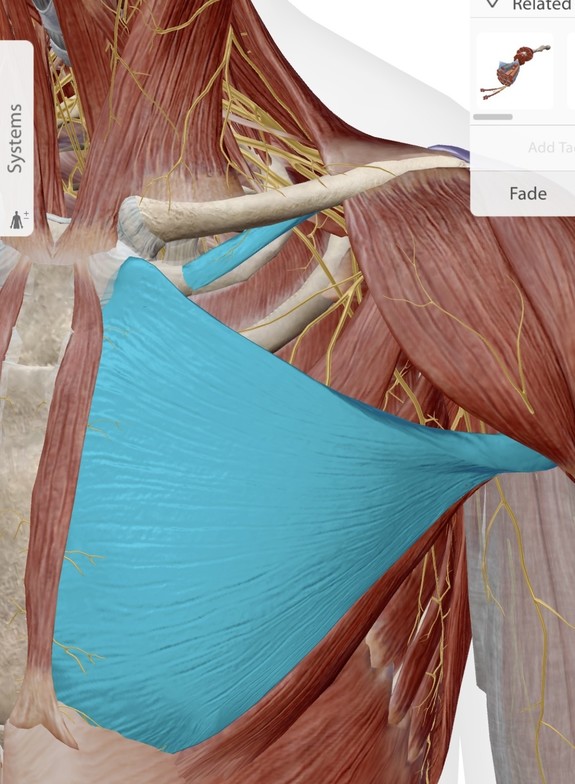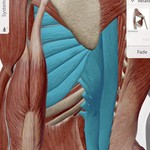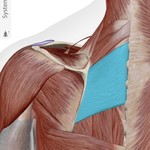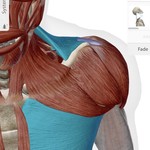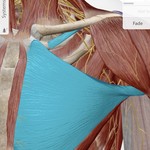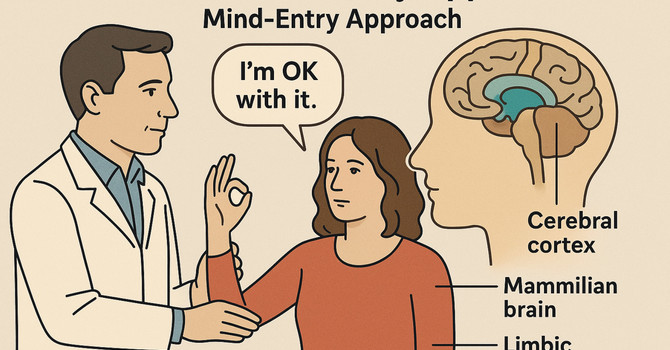Swimmers, do your shoulders feel tight or fatigue easily during your strokes? Shoulder mobility is essential for an efficient and powerful swim, whether you’re a competitive swimmer or just love the water. In today’s session, we’re working on a swimmer & runner patient, focusing on her shoulder mobility and arm mechanics to help her glide through the water with less restriction and more power. Watch as we apply chiropractic techniques to improve her range of motion, prevent injuries, and enhance her overall performance!
My long term competitive Tri-Athlete presents with bilateral shoulder pains. This Blog accompanies a video of my treatment. I use P-DTR to test the functionality of muscles. Think of a Teeter-Totter with one muscle sitting on each end. When one muscle turns down, it allows the opposite muscle to turn up. That's essentially how we move. Problems occur when a muscle won't turn down (it tests strong but is actually hypertonic) and it inhibits the opposite muscle (it tests weak and is hypotonic).
Last visit, we treated the left shoulder an corrected the communication between the four shoulder stabilization muscles (Subscapularis, Supraspinatus, Infraspinatus & Teres Minor). In my most recent treatment we balanced these.
Testing the Left Shoulder, I found a weak Pec Major Sternal and an over firing Upper Trap & Rhomboid. I also found a dysfunctional Serratus muscles to the back spinal muscles of the thoracic spine. I describe multiple muscle dysfunctions being like having many lights dysfunctioning in a stadium, but they may all be affected by one or two light switches. P-DTR helps to find where these switches are located and what switches they are. Once we have this information, then we can very specifically reset them using P-DTR.
Before letting my patient go, I also checked neck and shoulder alignment, and neck movement patterns which may throw off proper shoulder function.
In my next video (Part 2), I will go more into this, and then further assess her Right shoulder.




